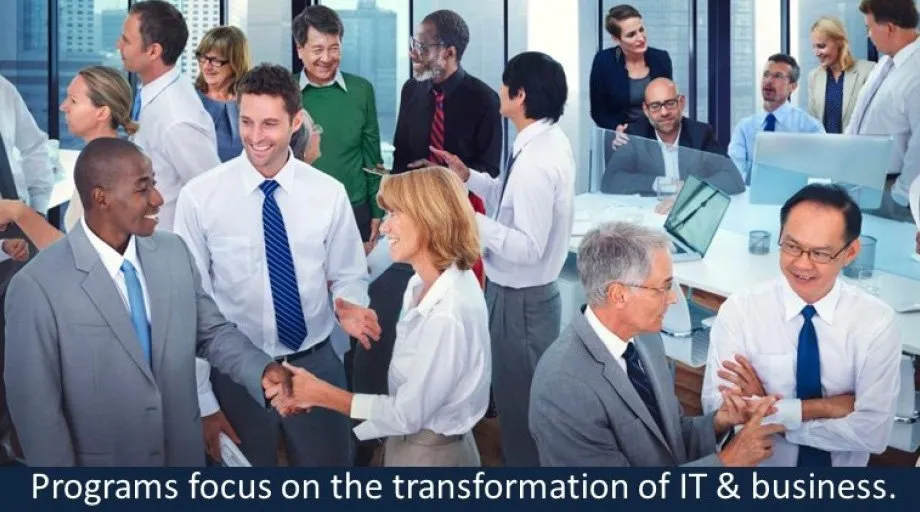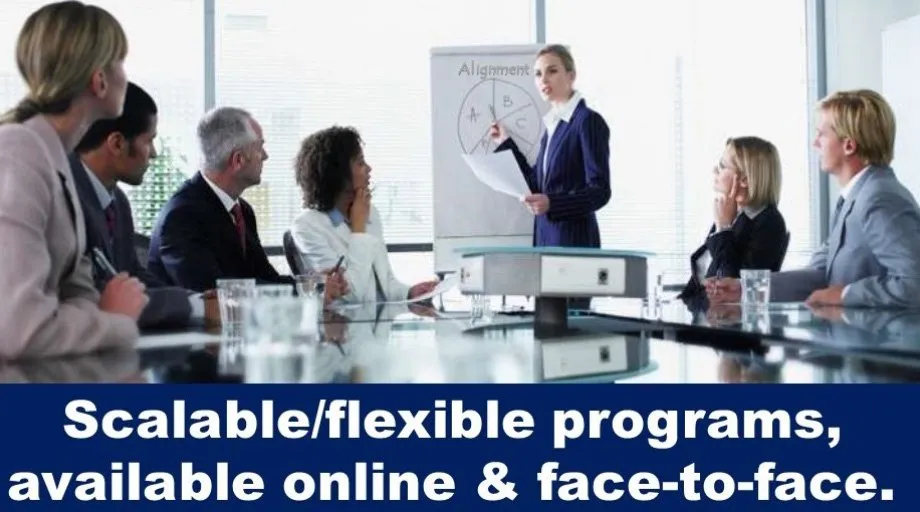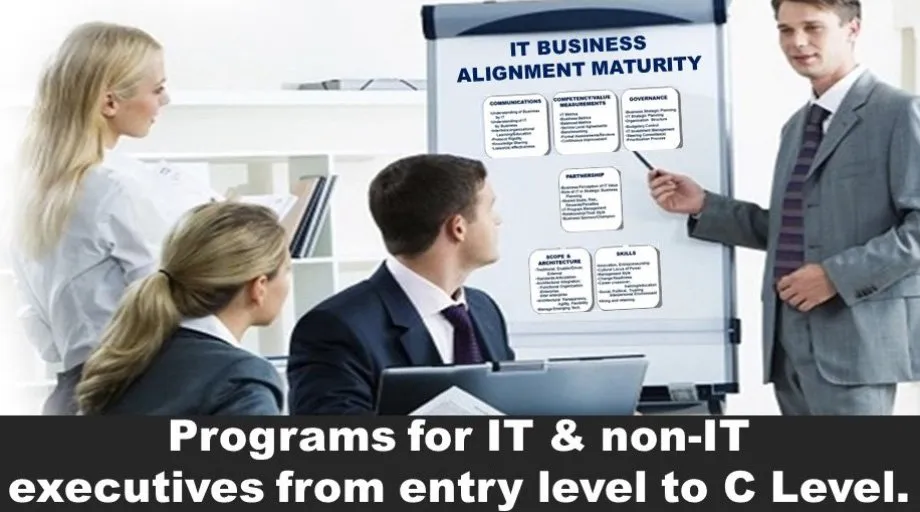Social media and mobile technologies are reshaping the very fabric of political, social, and business life.
For both individuals and organizations, the future is undeniably social—where brand identity is defined through dynamic engagement, and value is co-created across internal and external ecosystems. Increasingly, forward-looking enterprises are harnessing these platforms not only to strengthen their market presence, but to transform relationships with employees, clients, peers, and partners. The evidence is mounting: when deployed strategically, social and mobile technologies become catalysts for deeper connection, innovation, and sustainable impact.

Social and mobile technologies continue to redefine the way we live, work, and interact—enhancing connectivity, access, and communication across personal and professional domains.
The GIIM courses in this program explore key platforms shaping this evolution, including:
In today’s digital-first marketplace, a dynamic online presence is no longer optional—it’s foundational. As mobile usage accelerates globally, organizations increasingly seek professionals who can develop responsive, scalable, and visually compelling digital experiences. Those who master these skills are not only positioned to delight users but also to command premium opportunities in a competitive landscape.
The GIIM Certificate in Social and Mobile Technologies prepares candidates to architect and manage collaborative digital ecosystems. Graduates emerge equipped to define, deploy, support, and optimize integrated solutions that drive business value and transformation.
Social technologies are fast becoming the backbone of modern business (and personal) innovation—impacting value offerings, processes, organizational models, and the very capabilities that drive success.
In today’s hyper-connected environment, consumers engage with each other and with businesses through expansive, real-time networks built on mobile and non-traditional digital platforms.
To compete and lead, enterprises and individuals must harness the torrent of data flowing from social media—analyzing minute-by-minute interactions to extract insights, anticipate trends, and shape customer experiences. Strategic use of platforms such as LinkedIn, Instagram, X, and others is not just about visibility—it’s about delivering optimized, data-informed engagement across channels.
This GIIM program places particular emphasis on the transformative effects of collaborative networking, remote working, peer learning, and the rise of collective intelligence. A core focus includes the integration of social network analysis—especially when combined with AI—to unlock predictive capabilities and strategic foresight.
Professionals who cultivate these skills are not only future-ready—they’re in high demand across sectors where digital ecosystems shape competitive advantage.




The growing use of websites, such as Facebook and X (Twitter), allows everyone to generate and share content and establish collaborative networks and collaborative learning. These social media tools have become integral to our everyday lives. Students will learn various techniques for analyzing user behavior in social media websites by applying prominent theories that influence human behavior in these environments. They will examine these websites and evaluate their positive and negative impacts on society. The skills and knowledge that students acquire in this course will allow them to make recommendations for leveraging websites and other products/services that involve social media technologies.
In this course participants will learn how to extract data from multiple web and Big Data sources, and analyze web-scale data using distributed computing and their effects on collaborative intelligence. Candidates will learn different analysis methods that are widely used across the range of internet companies, from start-ups to online giants like Amazon or Google, as well as other internet of things/Big Data sources. At the end of the course, students will apply these methods to answer a real strategic question for how to create and leverage useful web applications.
This course presents and analyzes various approaches to information analysis and development of organizational information systems within a system development life cycle (SDLC), e.g. the waterfall, concentric, agile, Scrum, and prototyping approaches. Topics include strategic planning for SDLC, front-end and back-end phases of SDLC, project management, CASE methodologies, agile, development, Scrum, and balancing user, organizational, and technical considerations.
The focus of this course is on the techniques and concepts required to map, implement, automate, and evaluate business processes. Focusing on the technical and implementation aspects of Business Process Management (BPM), the course leads participants from technical process design through the implementation and management of workflows to the structure of process-aware information systems. Participants will understand the distinction between business processes and business rules and find out how they can be supported by technology. The course also addresses the technical structure of process-aware applications and provides an overview of technology standards that affect BPM systems. It includes modules on the run-time monitoring of processes and post-execution evaluation techniques complete this course.
An effective information systems infrastructure for a corporation includes the integration of networks, data, emerging technologies(e.g., Big Data, analytics, AI, cognitive computing, blockchain, Robotics Process Automation, security), systems, and applications. Designing or modifying an infrastructure calls for an understanding not only of technology, but also of business needs and how to integrate the different technologies across different technologies and across the different parts of the business to ensure sustainability. Understanding the integration and management of the entire TOGAF and ITIL frameworks (across ITOM, ITSM, ITBM, ITAM, CSM, and Security Operations) is essential.
An effective information systems infrastructure for a corporation includes the integration of networks, data, emerging technologies (e.g., Big Data, analytics, AI, cognitive computing, blockchain, Robotics Process Automation, security), systems, and applications. Designing or modifying an infrastructure calls for an understanding not only of technology, but also of business needs and how to integrate the different technologies across different technologies and across the different parts of the business to ensure sustainability. Understanding the integration and management of the entire TOGAF and ITIL frameworks (across ITOM, ITSM, ITBM, ITAM, CSM, and Security Operations) is essential.
IT organizations must be able to leverage new technologies. This course focuses on how organizations can effectively and efficiently assess trends and emerging SMAC (Social, Mobile, Analytics, Cloud) technologies, and analyzing and developing new application systems. Participants will learn how to help their organization define, select, and adopt new information technologies, including promising technologies like Quantum Computing and the Metaverse (a virtual world where billions of people live, work, shop, learn and interact with each other using 3D virtual facsimiles or avatars). This course will introduce candidates to new directions in information systems (e.g., and effective approaches for evaluating their relevance and applicability to their business environments as well as the new challenges and problems that they present. Candidates will learn about emerging technologies and the latest design trends in data and knowledge, networks and applications in terms of what issues they address and in particular, how organizations can exploit them for competitive advantage.
Topics include: Creating a business case for an emerging information technology, identifying factors affecting the successful adoption of new information technologies, identifying the key attributes, business benefits, risks, and cost factors of a new technology, knowing how to effectively use advanced search and selection metrics for identifying and selecting new technology, describing technology trends that presently drive or are expected to drive the selection of new technologies over the next decade and providing organizational structures and frameworks that guide the enhanced adoption and capitalization related to what new technologies and approaches can offer.
Service Thinking is the set of principles, methods, and tools for the application of science, management, and engineering principles to services – tasks that the organization performs for others. Service Thinking guides the transition of the organization that occurs when the business focus is on the customer’s experience.
Design thinking is a process for creative problem solving. Rather than a one-size-fits-all mindset, it encourages a holistic view where uncertainty and ambiguity are welcomed and embraced as to consider all sides of a problem. A design mindset can be applied to any life situation, and it aids in considering the bigger picture and informatively acting accordingly. Design Thinking and Innovation will teach you how to leverage fundamental design thinking principles and innovative problem-solving tools to address business challenges and build products, strategies, teams, and environments for optimal use and performance.
Service & Design Thinking addresses questions such as how to:
Global Institute for IT Management © 2025